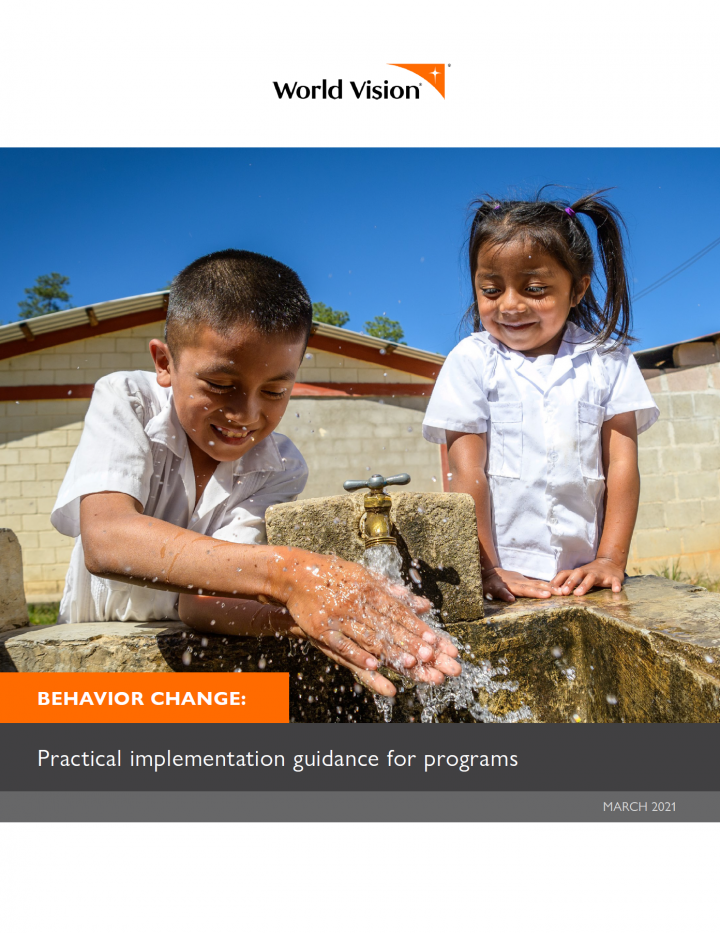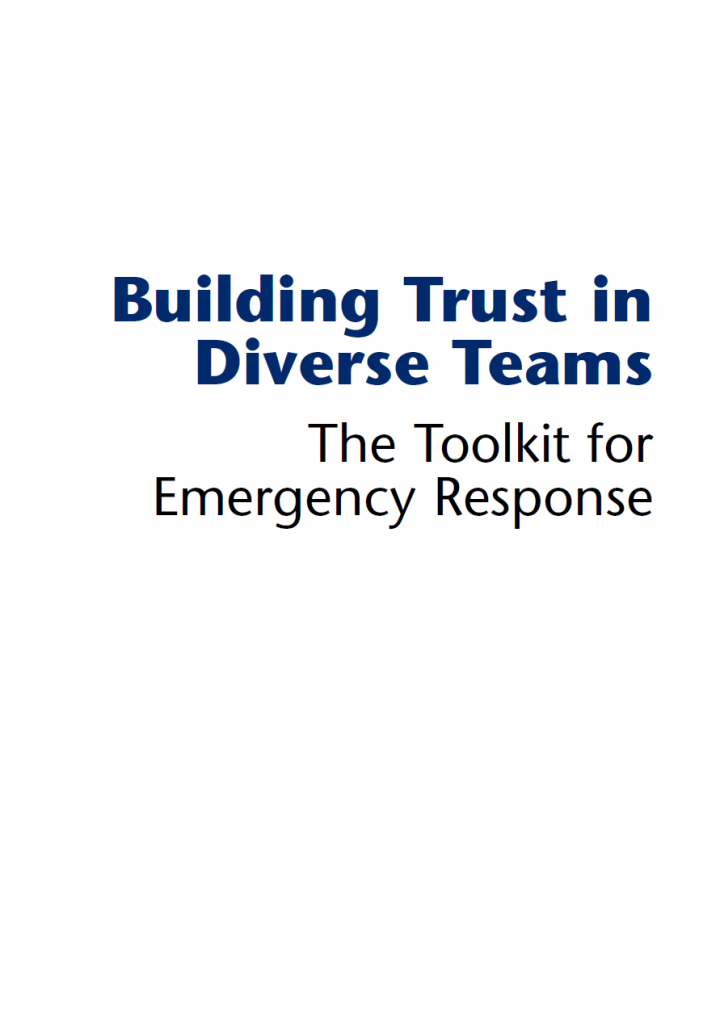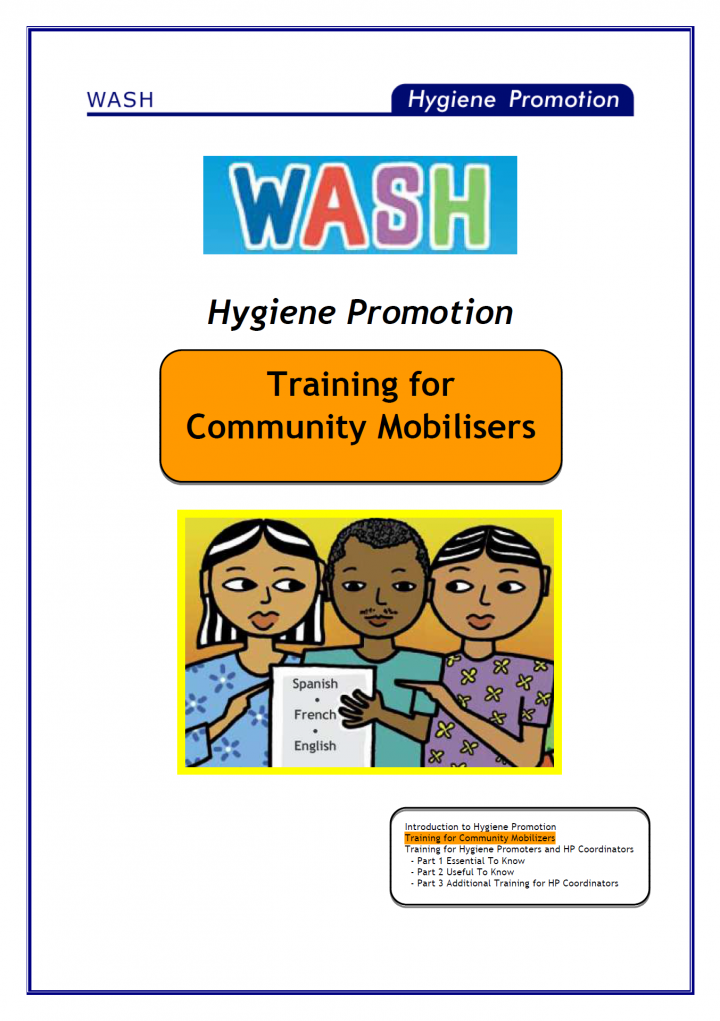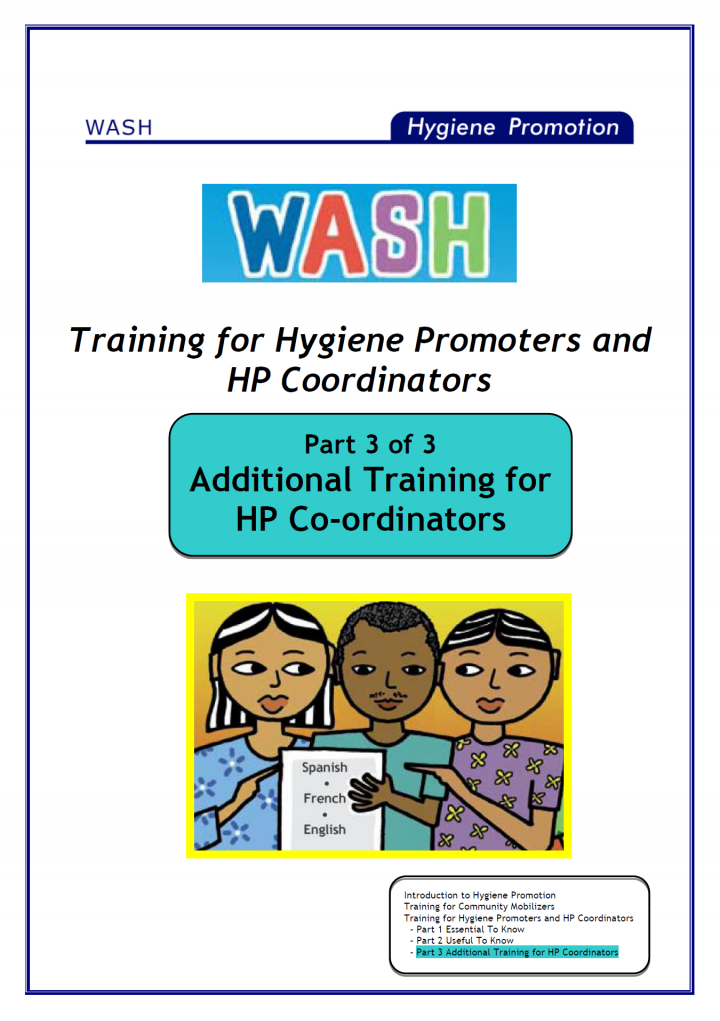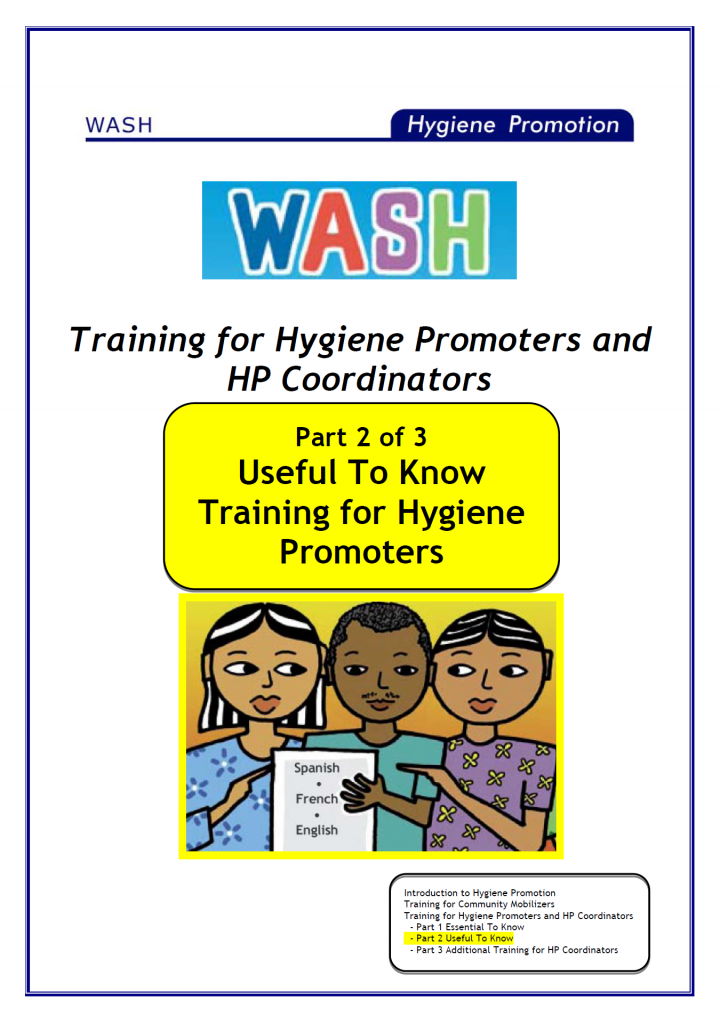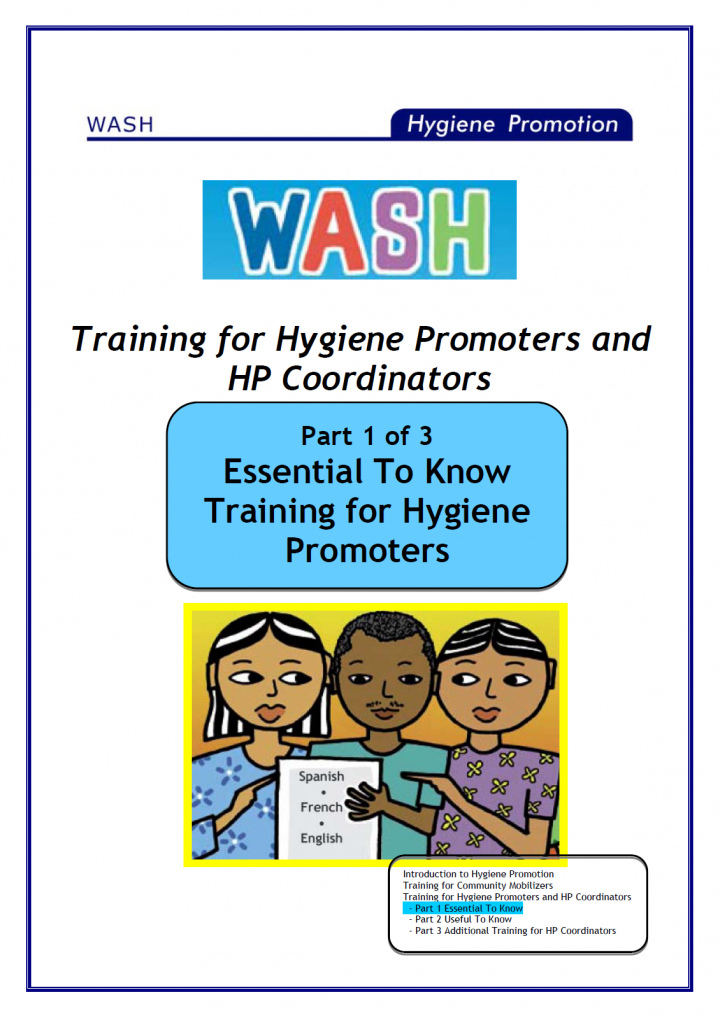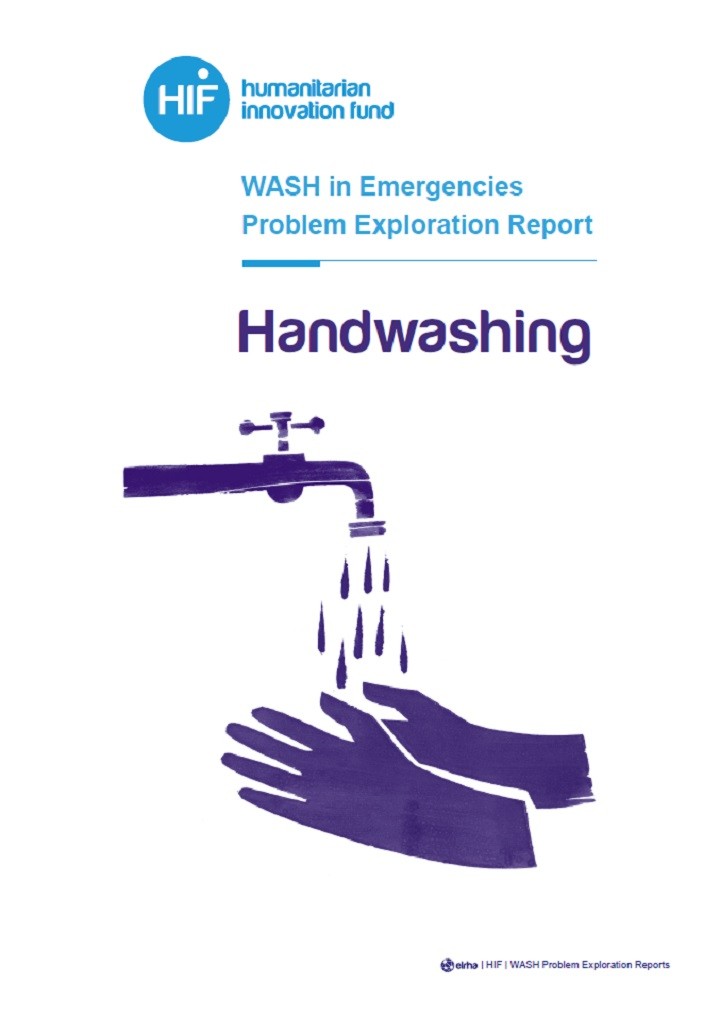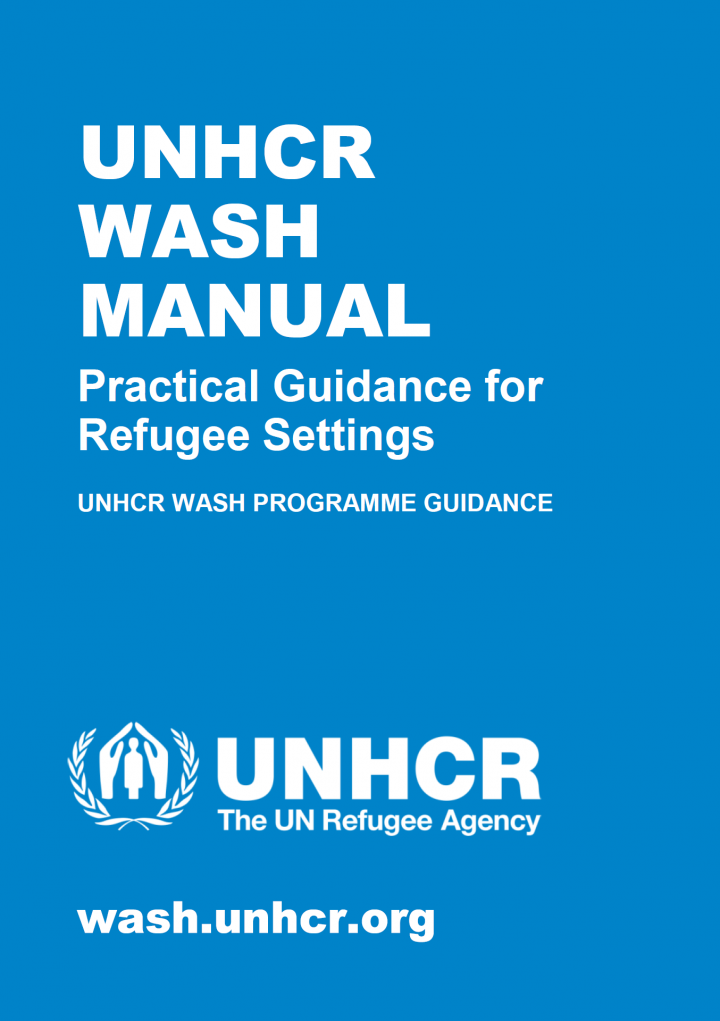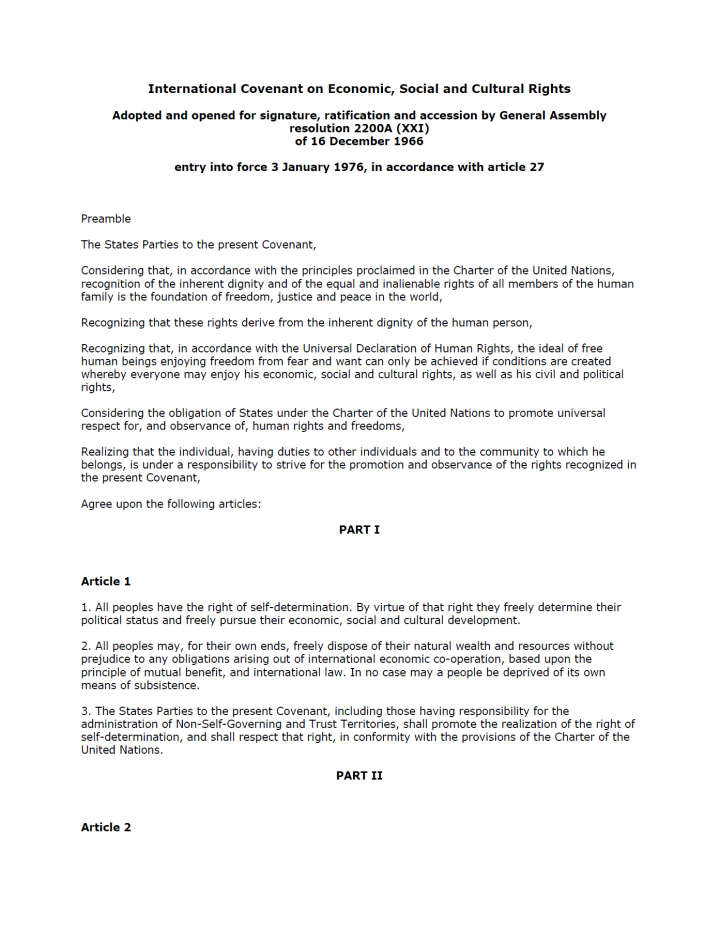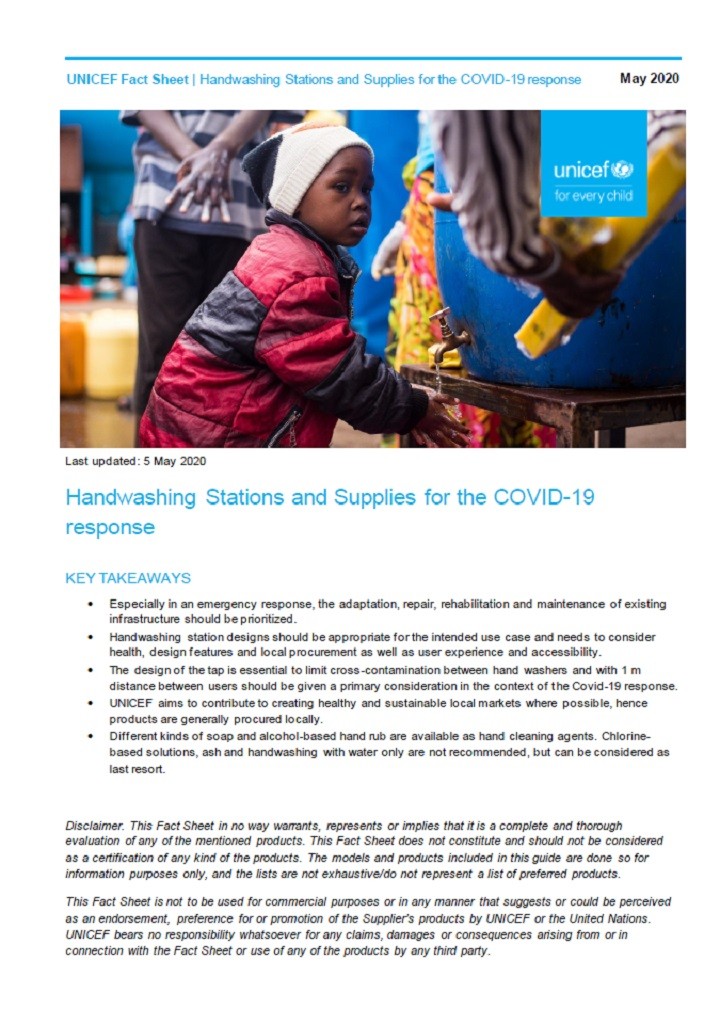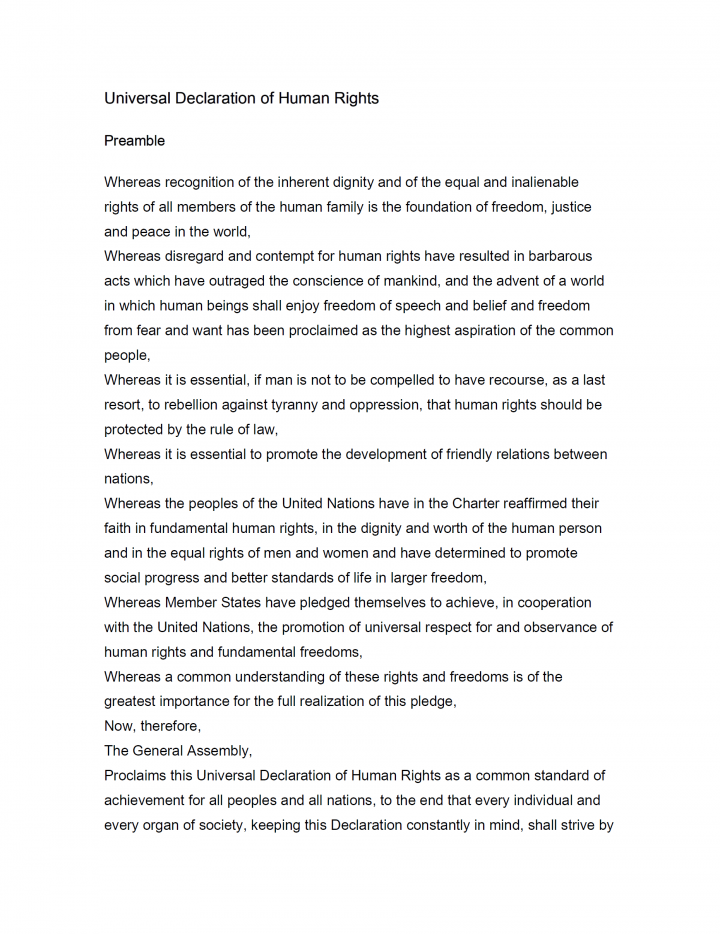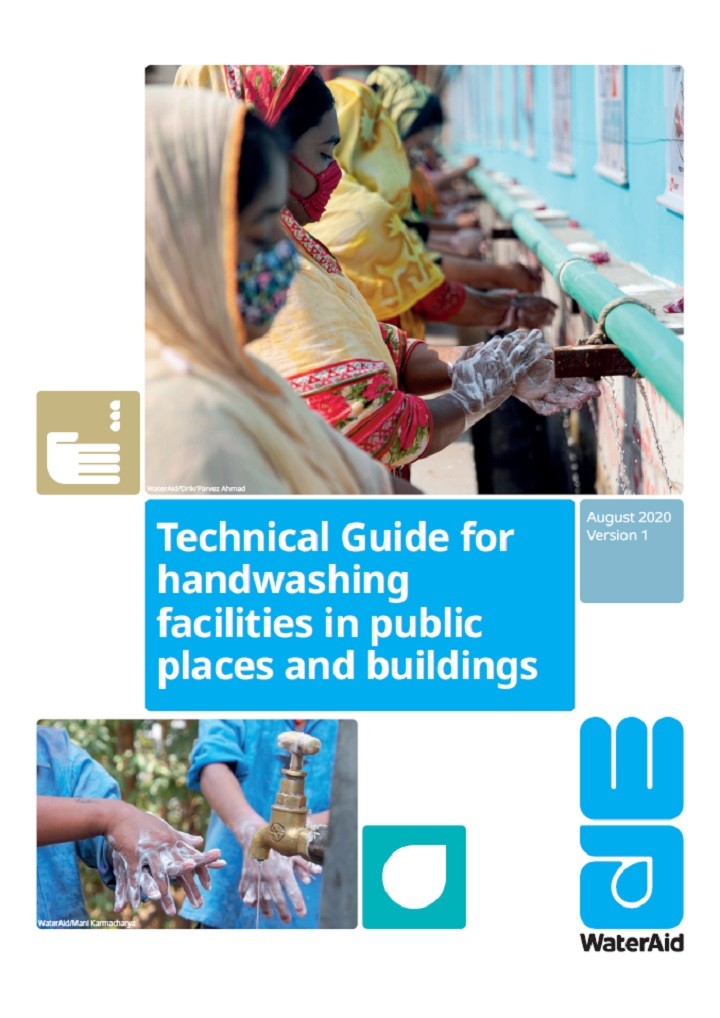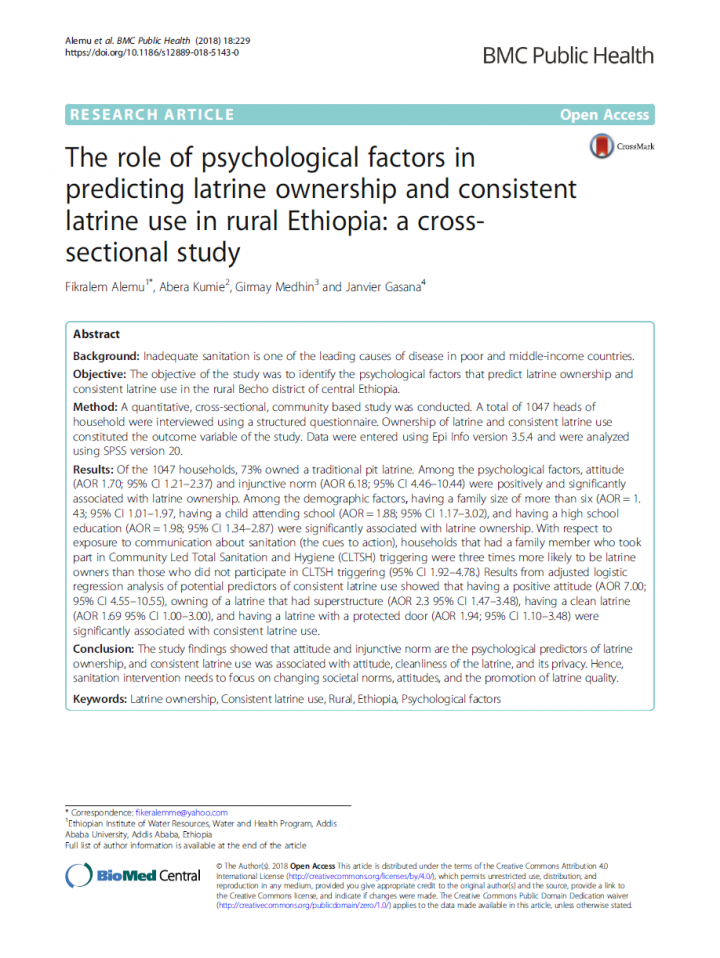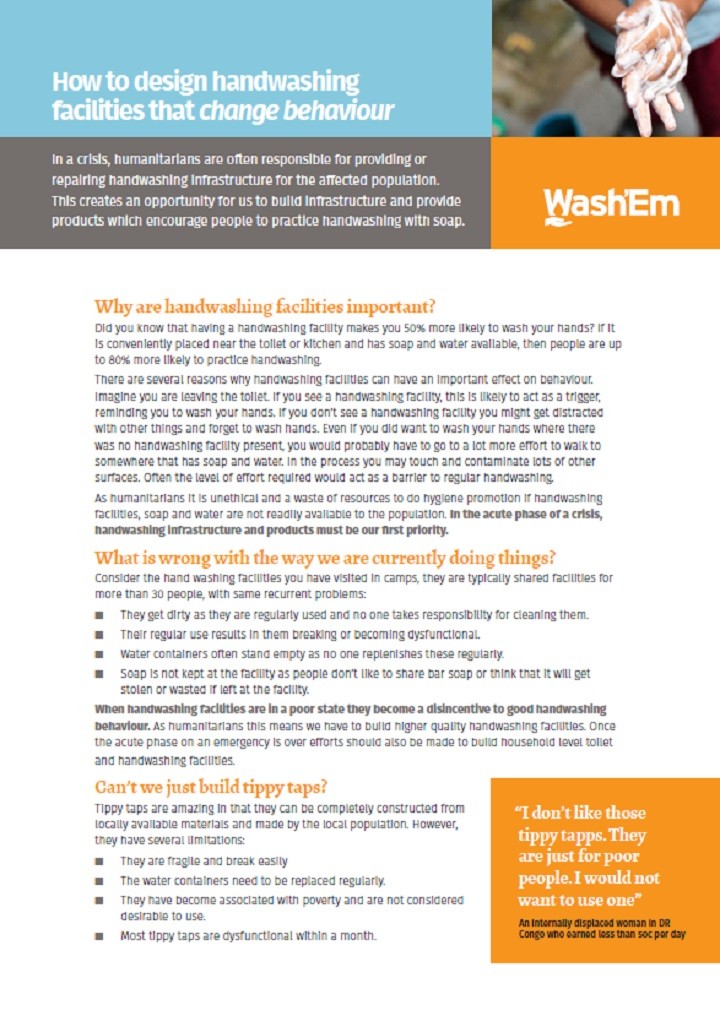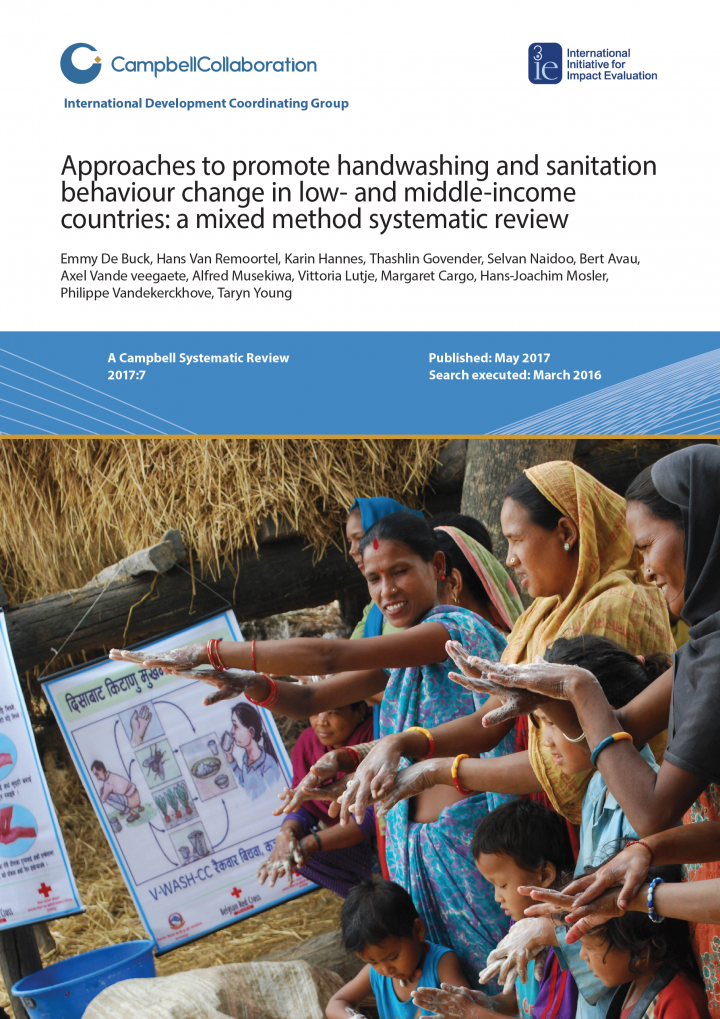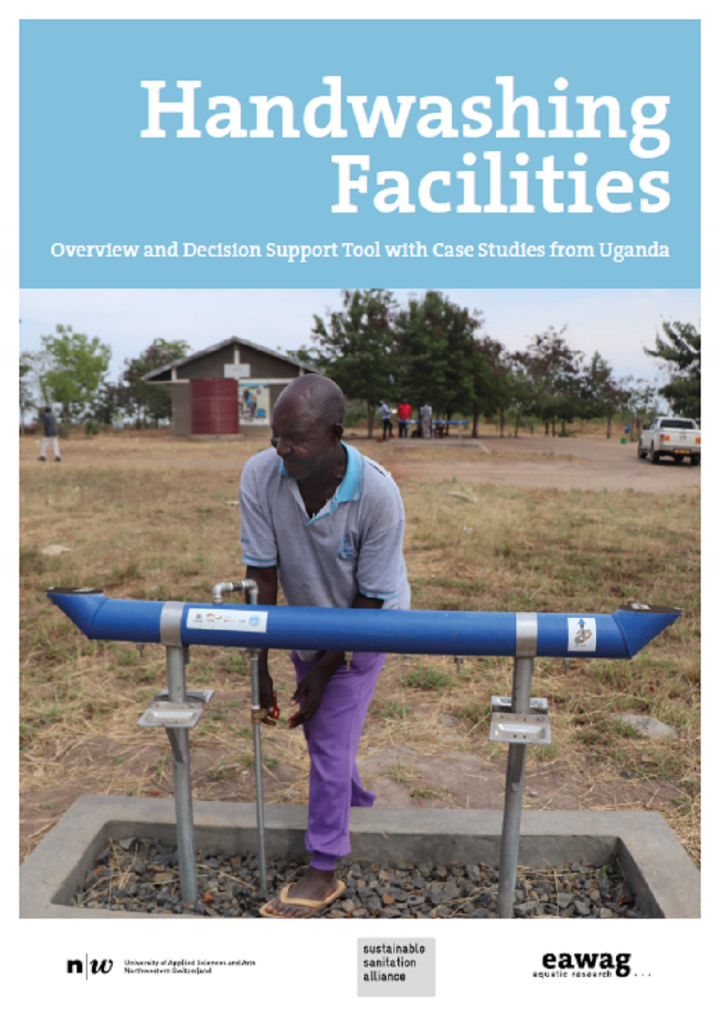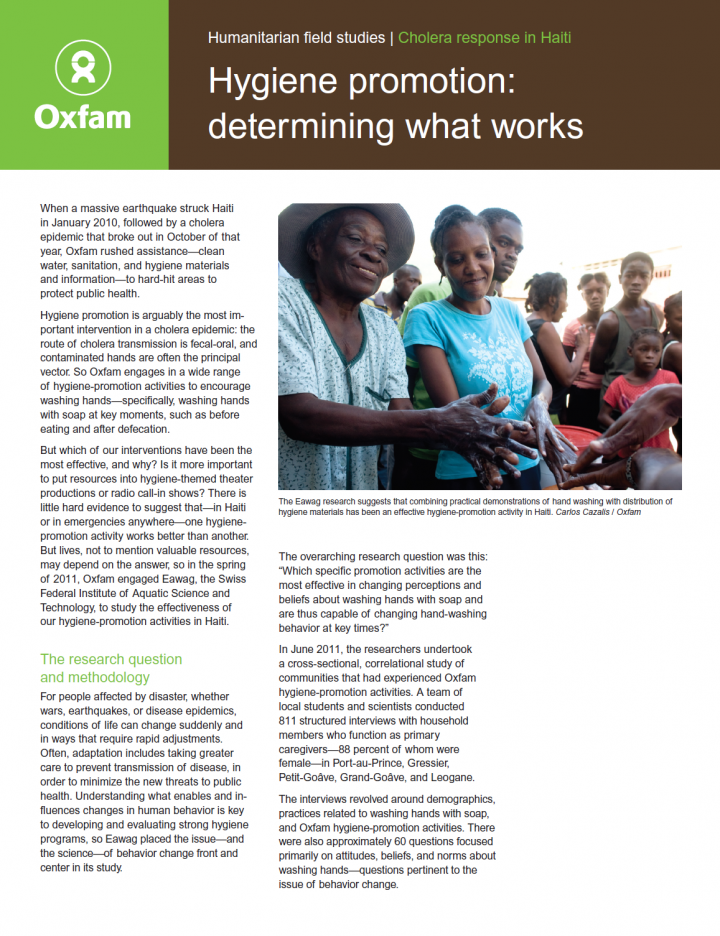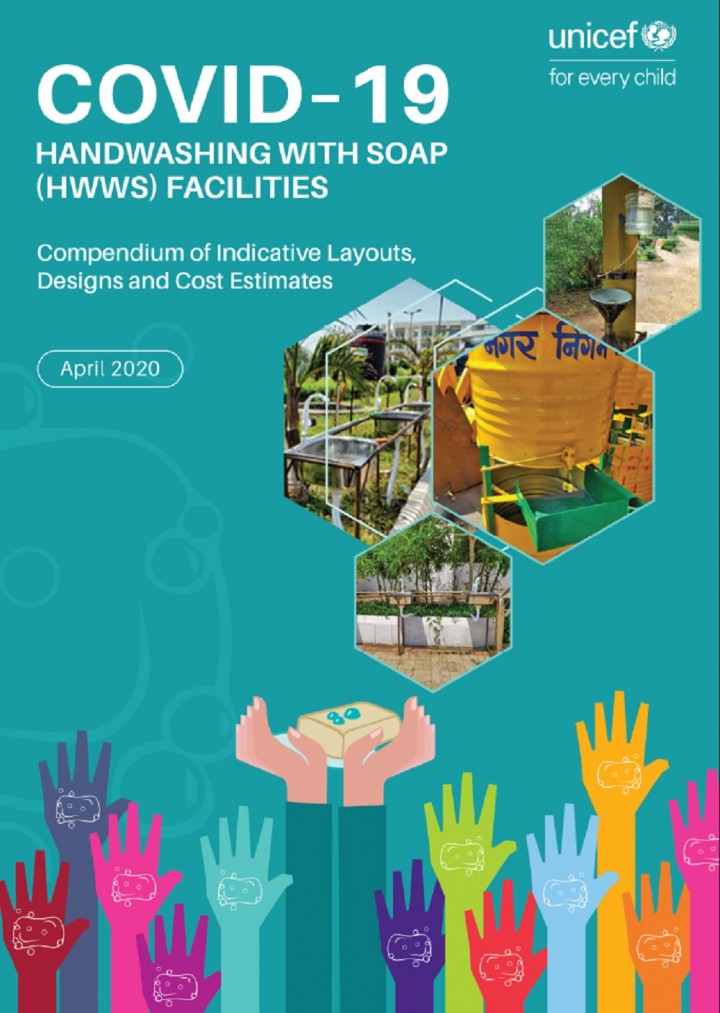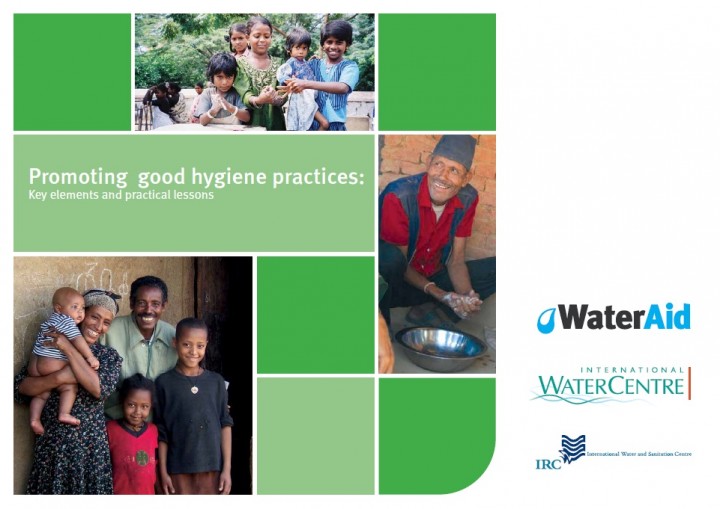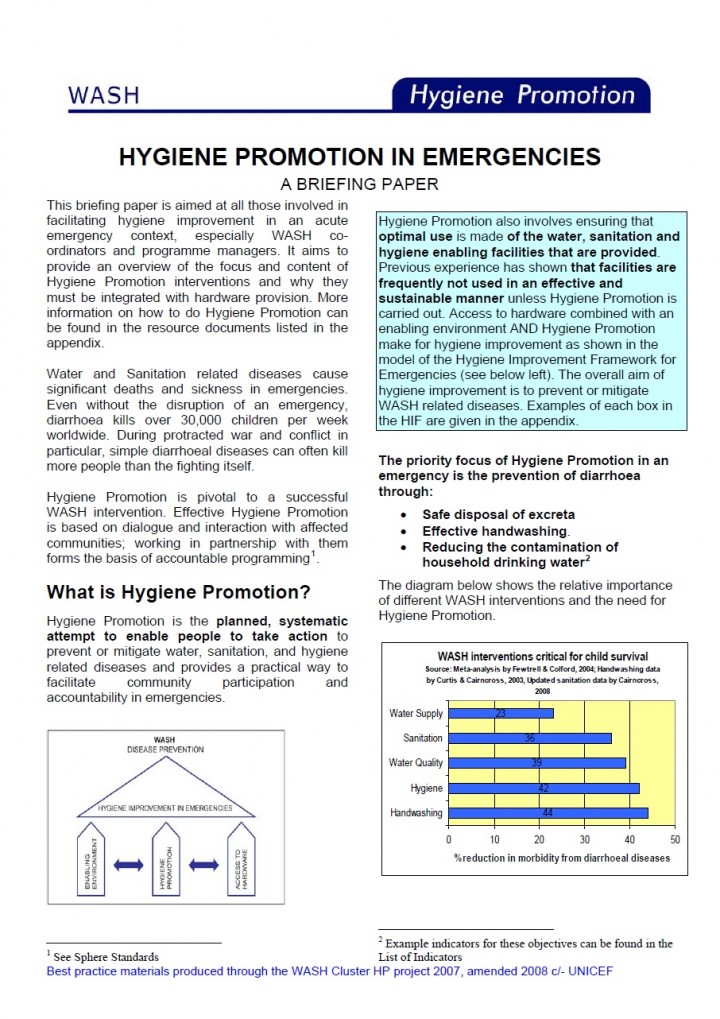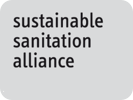Berhane, E., Diarra, S., Fosuah, C., Muheka, D., Mutisya, M., Nathan, M., Norman, R., Okumu, P. (2021) Behavior Change. Practical Implementation Guidance for Programs.
Behavior-change principles and approaches are critical to reaching the desired impact of development work. Behavior change ensures the safe, effective, and sustainable use of services provided, helping change norms that can transform communities and enable achievement of health and well-being. Globally, the top 20 causes of disease all have a significant behavioral component. This holds true across sectors and significantly contributes to poverty in both […]
Oxfam (2007) Building Trust in Diverse Teams: The Toolkit for Emergency Response.
What is trust? Why is it important in emergency-response teams? Humanitarian practitioners identify trust as one of the most important factors in launching timely and effective emergency responses. Building Trust in Diverse Teams can be used throughout the cycle of an emergency response and features a Trust Index, to assess and measure trust within diverse teams, and ten trust-building tools that can be selected based on […]
GWC (2009) Hygiene Promotion. Training for Community Mobilisers.
This manual contains training materials and handouts to enable facilitators to rapidly prepare training for different levels of hygiene promoters. It can also serve as a resource for self directed learning by both hygiene promoters and others involved in supporting or managing WASH interventions.
GWC (2009) Training for Hygiene Promoters and HP Coordinators. Part 3 of 3. Additional Training for HP Coordinators.
This manual contains training materials and handouts to enable facilitators to rapidly prepare training for different levels of hygiene promoters. It can also serve as a resource for self directed learning by both hygiene promoters and others involved in supporting or managing WASH interventions.
GWC (2009) Training for Hygiene Promoters and HP Coordinators. Part 2 of 3. Useful to Know.
This manual contains training materials and handouts to enablefacilitators to rapidly prepare training for different levels of hygienepromoters. It can also serve as a resource for self directed learning by both hygienepromoters and others involved in supporting or managing WASHinterventions.
GWC (2009) Training for Hygiene Promoters and HP Coordinators. Part 1 of 3. Essential to Know.
This manual contains training materials and handouts to enablefacilitators to rapidly prepare training for different levels of hygienepromoters. It can also serve as a resource for self directed learning by both hygienepromoters and others involved in supporting or managing WASHinterventions.
Ramos, M., Benelli, P., Irvine, E., Watson, J. (2016) WASH in Emergencies. Problem Exploration Report. Handwashing
UNHCR (2020) UNHCR WASH Manual for Refugee Settings. Practical Guidance for Refugee Settings
The UNHCR WASH Manual (7th Edition, February 2020) is the result of an open and collaborative process with WASH actors who have active programmes supporting refugees. It has been written primarily for use by UNHCR staff, WASH actors, national governmental authorities, emergency response coordinating bodies, contingency planners, programme evaluators, and is a useful reference for any individuals or organisations involved in providing WASH services in […]
UN General Assembly (1966) International Covenant on Economic, Social and Cultural Rights (ICESCR)
UNICEF (2020) Handwashing Stations and Supplies for the COVID-19
Handwashing with soap, when done correctly, is critical in the fight against COVID-19, but 3 billion people have no ready access to a place to wash their hands with soap at home. WHO released interim guidance on 1 April 2020, recommending to all Member States to make hand hygiene facilities in front of public and private commercial buildings as well as at all transport hubs […]
UN General Assembly (1948) Universal Declaration of Human Rights (UDHR)
The Universal Declaration of Human Rights (UDHR) is a milestone document in the history of human rights. Drafted by representatives with different legal and cultural backgrounds from all regions of the world, the Declaration was proclaimed by the United Nations General Assembly in Paris on 10 December 1948 (General Assembly resolution 217 A) as a common standard of achievements for all peoples and all nations. […]
Knight, J., Kontos, L., Da Cunha Forte, J., Muktadir, G., Gautam, O. P. (2020) Technical Guide for Handwashing Facilities in Public Places and Building
In response to the COVID-19 pandemic, the World Health Organization (WHO) has recommended that all member states provide universal access to public handwashing facilities. Consequently, WaterAid and other organisations have been working with governments to install handwashing facilities in a wide range of public places and buildings, to support improved handwashing practices and reduce transmission of the virus. Locations include markets, public transport hubs, public/ […]
Alemu, F., Kumie, A., Medhin, G., Gasana, J. (2018) The Role of Psychological Factors in Predicting Latrine Ownership and Consistent Latrine Use in Rural Ethiopia: a Cross-Sectional Study
Inadequate sanitation is one of the leading causes of disease in poor and middle-income countries. The objective of the study was to identify the psychological factors that predict latrine ownership and consistent latrine use in the rural Becho district of central Ethiopia.
Wash'Em (2019) How to Design Handwashing Facilities that Change Behaviour
De Buck, E., Van Remoortel, H., Hannes, K., Govender, T., Naidoo, S., Avau, B., Vande veegaete, A., Musekiwa, A., Vittoria, L., Cargo, M., Mosler, H-J., Vandekerckhove, P., Young, T. (2017) Approaches to promote handwashing and sanitation behaviour change in low- and middle-income countries: a mixed method systematic review
This Campbell Systematic Review examines the effectiveness of different approaches for promoting handwashing and sanitation behaviour change, and factors affecting implementation, in low and middle-income countries. The review summarises evidence from 42 impact evaluations, and from 28 qualitative studies.
M. Peter, V. Misev, V. Schelbert, C. Lüthi, A. Panesar, J.C. Schlenk, N. Stauf, S. Semiyaga (2022) Handwashing Facilities Overview and Decision Support Tool with Case Studies from Uganda
Handwashing Facilities - Overview and Decision Support Tool with Case Studies from Uganda The objectives of this publication are twofold. The first objective is to give an overview of common types of handwashing facilities with a number of key aspects that need to be considered during the planning stage. Focus is placed on handwashing facilities that are generally suitable for installation at public and commercial buildings […]
Oxfam (2012) Humanitarian Field Studies. Cholera Response in Haiti. Hygiene Promotion: Determining What Works.
When a massive earthquake struck Haiti in January 2010, followed by a cholera epidemic that broke out in October of that year, Oxfam rushed assistance—clean water, sanitation, and hygiene materials and information—to hard-hit areas to protect public health. Oxfam engaged in a wide range of hygiene promotion activities to encourage washing hands—specifically, washing hands with soap at key moments, such as before eating and after defecation. […]
UNICEF (2020) Covid-19. Handwashing with Soap (HWWS) Facilities
Handwashing with soap for minimum 40 seconds is one of the precautionary measures suggested and advocated globally since the outbreak of COVID-19 (Corona Virus Disease). The pandemic has created a demand for behaviour change and sustained practices of Handwashing with soap. This calls for exploring existing options of handwashing stations and create newer designs of handwashing stations globally, majorly catering to the demand of COVID […]
WaterAid Australia, IWC, IRC (2011) Promoting Good Hygiene Practices: Key Elements and Practical Lessons
The objective of this compilation is to strengthen the capacity of organisations to design and deliver effective hygiene promotion programs leading to the improved health of communities. This compilation of three keynote papers and 31 case studies searches for answers to the question: What makes hygiene promotion work? The case studies are written by authors from a wide variety of organisations working in South Asia, South […]
GWC (2008) Hygiene Promotion in Emergencies A Briefing Paper
